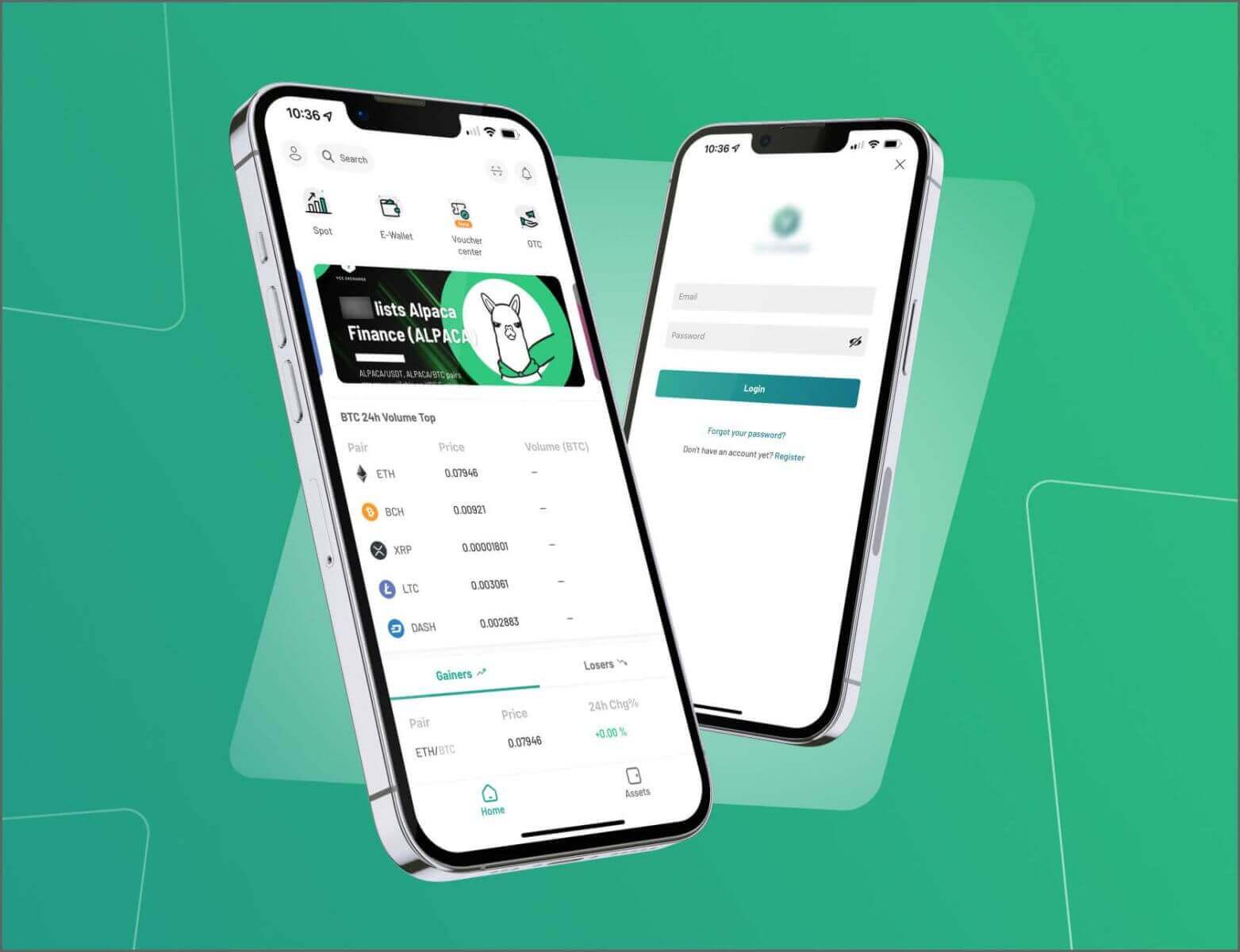Solution
1. Identify problems
The VNEXT Global team discusses with the client to draft a problem statement. The next step is to clarify potential solutions. What technologies are the most comprehensive ecosystem, both on-chain and off-chain? Then, we create a product roadmap that will help all delivery members to stay on track.
2. Choose a consensus-building mechanism
The next stage is to choose a consensus mechanism, which is a kind of approach used to foster confidence, security, and consensus inside a decentralized computer network. Here are several consensus methods we offer:
- Work-related evidence
- Assertion of stake
- Deposit-based agreement
- Time-lapse documentation
3. Select suitable blockchain platform
Our team discusses and gives the optimal options to clients to select the platform that most closely matches the requirements. It is because the platform can affect the consensus methods, the cost, the needs of developers, and the anticipated schedule while weighing your alternatives.
4. Create blockchain nodes
In this phase, we consult clients about some issues:
- Do you need a private, public, or hybrid solution?
- Will the blockchain nodes operate on-premises, on the cloud, or on both?
- Which operating system (such as Ubuntu, CentOS, Debian, Windows, or Red Hat) will your application operate on?
- This stage involves a lot of variables, so be sure to thoroughly investigate all of your alternatives and compare them to your goals, available resources, and budget.
5. Create a configuration
VNEXT Global team prepare for a number of configuration components for the majority of blockchain systems, including:
- Permissions
- Asset issuance
- Asset re-issuance
- Asset exchanges
- Key management
- Multi-signatures
- Parameters
- Native assets
- Address formats
- Key formats
- Block signatures
6. Construct APIs
We create application programming interfaces (APIs) depending on client needs:
- Generation of key pairs and addresses
- Performance of audit-related functions
- Data authentication (through digital signatures and hashes)
- Data storage and retrieval
- Smart-asset lifecycle management
- Smart contracts
7. Create the user interface
Once the entire app is laid out, the user interface (UI) for each piece of product is created. Technical (backend) and visual designs are carried out parallely.
8. Upgrade hardware system
Blockchain applications that require a lot of computing power need a hardware accelerator to improve speed, give flexibility, and make optimal use of resources. Additionally, accelerators help to improve certain blockchain elements, including transaction validation, governance, and data storage.
Main functions and features
Convert CD single to NFT card
Using ERC721 to convert CD Single to NFT Card for Online Digital Purchasing/Selling.
Mobile App Support
Create cross-platform mobile application for purchasing NFT music card.
Client-side Private Key Storage
Completely decentralized options
Online e-commerce system integration
Creating new NFT system that can integrate with current customers online music e-commerce system.


.png)











